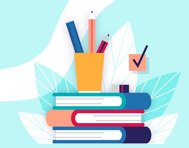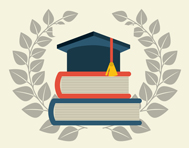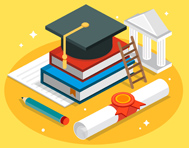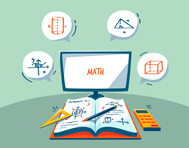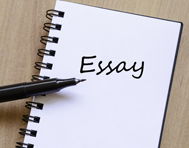Teaching Techniques for Dyslexic Children: Effective Approaches at Home and in the Classroom
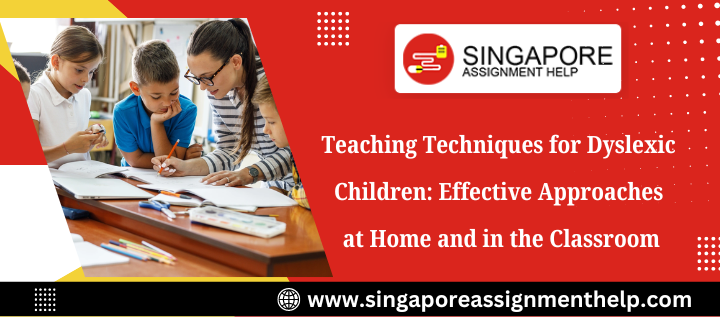
Dyslexia is a neurological disorder that affects a person’s ability to read, write, and spell. While usually manageable, dyslexia can be debilitating for many severely affected individuals. The condition is also very common, affecting approximately 10% of the human population to various degrees. The Dyslexia Association of Singapore, likewise, has tagged the incidence in the city-state to be at 10% of the student population, with 4% requiring special attention.
Many children with mild cases of dyslexia may never get diagnosed, and most affected individuals will eventually be able to develop some coping strategies. Nevertheless, for many other children, dyslexia can be profoundly traumatic and debilitating, contributing to a delay in functional literacy as well as lowered self-esteem.
Fortunately, the fact that dyslexia is so common also means that it is a relatively well-understood and easily managed condition. If they are provided access to the right teaching approaches, dyslexic children can achieve success in their academic and personal lives. Here are nine commonly used teaching approaches that caregivers of dyslexic children can use at home and in the classroom:
1) Screening for Dyslexia ASAP
Before you apply any teaching techniques designed for children with dyslexia, you should confirm that the child in your care does indeed have the condition. Dyslexia is not necessarily obvious to untrained observers, and its symptoms could easily be misinterpreted. Additionally, applying the techniques below can be counterproductive for children who may not have the condition.
Screening should begin in preschool, as early identification and intervention can lead to better learning and mental health outcomes in the long term. Get in touch with qualified child psychiatrists and talk to your child’s teachers to find the best dyslexia assessment Singapore has to offer.
2) Multisensory Learning
Children with dyslexia may struggle with reading and writing because they have difficulty processing the necessary visual information. They may perceive the information contained in letters and words very differently from their non-dyslexic peers. With some training, however, children with the condition can learn dyslexia-friendly approaches to reading, writing, and spelling.
Multisensory learning is one such approach. This teaching method engages multiple senses, such as sight, sound, touch and movement, helping reinforce learning. With practice and repetition, children with dyslexia can use this approach to better connect sounds, written words, and concepts.
3) Phonics-Based Instruction
Phonics-based instruction is another approach that is often used in conjunction with multisensory learning and the other methods on this list. This approach teaches children to decode words by breaking them down into their component sounds. This approach is particularly helpful for dyslexic children, as it helps them to connect sounds to letters and words that have difficulty with.
4) Assistive Technology
The cost of various assistive technologies has gone significantly down in recent years, putting them well within reach of most parents and teachers. Such technologies as text-to-speech software can help dyslexic children to better comprehend written material.
5) Visual Aids
Visual teaching aids like charts, videos, and flashcards are among the best materials to help children with dyslexia learn new written words. Because people with dyslexia primarily understand the world through visuals, these tools are especially useful for helping them understand various concepts. In
addition, visual aids can also be combined with phonics, assistive tech, and multi-sensory approaches to reinforce learning.
6) Chunking
Chunking is a great teaching strategy for all children but it’s especially useful for those with learning disabilities. Chunking involves breaking down information into smaller, more manageable pieces. This approach is helpful for most dyslexic children as many tend to only have serious problems when taking in a lot of information at once. With practice, children can use chunking to quickly pick apart and understand they may find otherwise difficult concepts.
7) Orton-Gillingham Approach
The Orton-Gillingham Approach is a structured approach to teaching reading, writing and spelling that is designed for children with learning disabilities. While it’s used for a range of developmental conditions, it is particularly effective for dyslexic children, as it combines phonics-based instruction and multisensory learning.
8) Peer Tutoring
Children with dyslexia need to be able to interact with non-dyslexic peers, as interactions with other children are important for an affected individual’s holistic growth. Peer tutoring involves pairing a child with dyslexia and a non-dyslexic peer in a controlled environment, with the non-dyslexic child giving the other support and guidance. This approach can be particularly helpful in the classroom, as it not only helps children with dyslexia build their self esteem, but it also helps other children understand learning disabilities in a positive manner.
9) Individualized Instruction
While most children with dyslexia can excel in a regular classroom environment, those with more severe forms of the condition may require individualized instruction in addition to group learning. This may involve one-on-one tutoring, personalized learning plans, or special accommodations in the classroom.
All children, regardless of their condition, can achieve success when they are given the kind of support. Indeed, with modern teaching methods, dyslexia does not have to be a barrier to literacy. Many famous authors such as Agatha Christie, Jules Verne, and F. Scott Fitzgerald, to name but a few, were dyslexic themselves. With early screening and consistent application of the strategies above, children with dyslexia can become fully literate and become whatever they want to be.


